The 40 Steps
Busan is a city with its sights focused firmly on the future — which makes sense, because its past has been so fraught with hardship. But among the glitzy department stores and new constructions, there are a few memorials to bygone days. One of the most poignant is the 40 Steps, found near Yongdusan Hill.
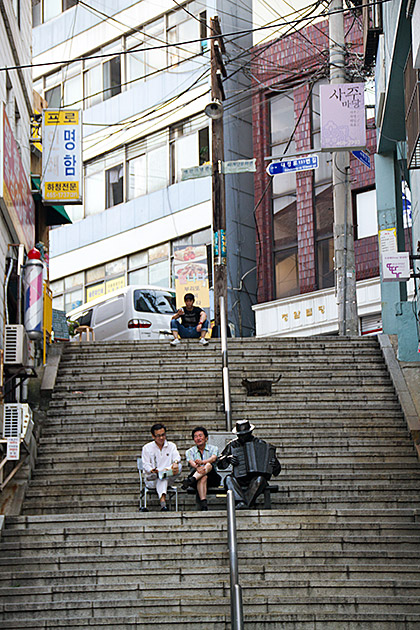
In 1950, when South Korea was swiftly overwhelmed by the North’s surprise attack, Busan became the country’s provisional capital — not that there was any choice; it was the only city of any size to withstand the communist onslaught. As the war ground on, the city became the de facto place of refuge, where South Koreans fled to escape the brutal fighting ravaging the rest of the country.
During the war, hundreds of thousands of refugees crammed into Busan, especially in the areas of Yongdusan Hill and the port. Among such a desperate crush of humanity, many families found themselves separated, lost among the crowds disembarking the overly-packed trains and ships.
Getting separated from your family in war-time Korea wasn’t the minor inconvenience it would be today. There were no phones, no possibility of communication. You lose your mommy, and she’s going to stay lost. But among the newcomers, word spread of a spot in Busan where families could reunite. Anyone looking for a missing child or wife should head to the 40 Steps. This is where people could find each other again.
This small section of town, which meant so much to so many families, has today been memorialized with statues and a cultural center. Even without its history, it’s a cool area, with nice cafes and a lack of traffic. The statues hearken back to the 1950s, when accordion players would entertain the lost families, and children would wait for the popcorn cannon to produce their treat. It’s one of the most atmospheric corners in Busan, and definitely worth a look.
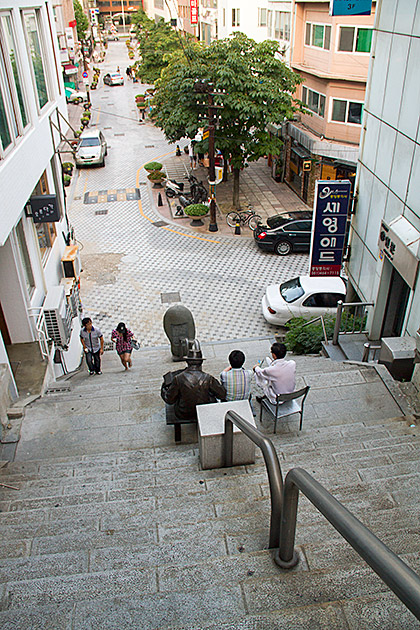
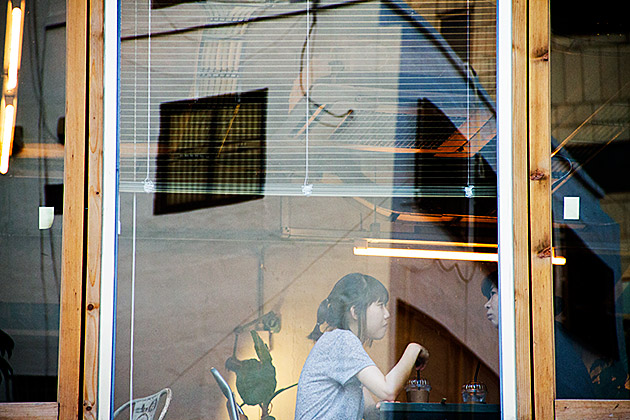
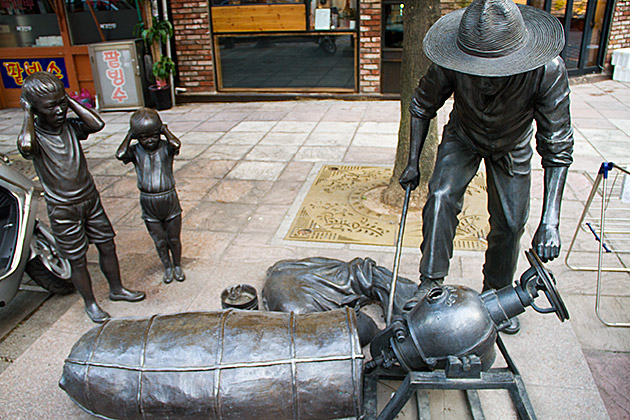
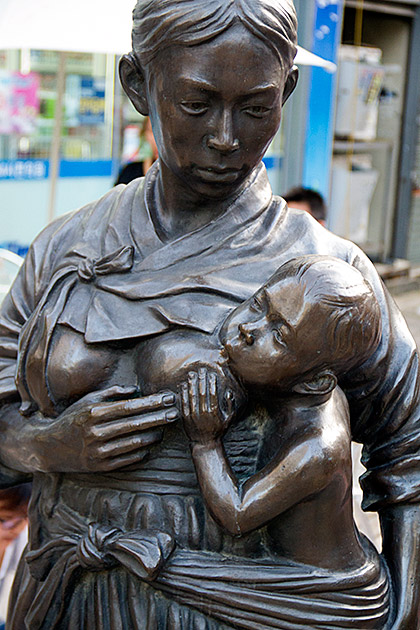
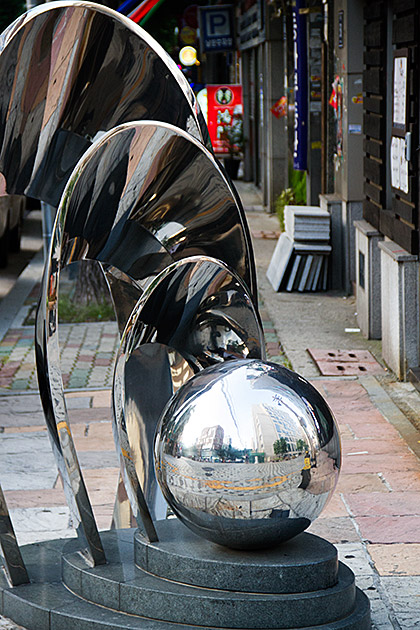

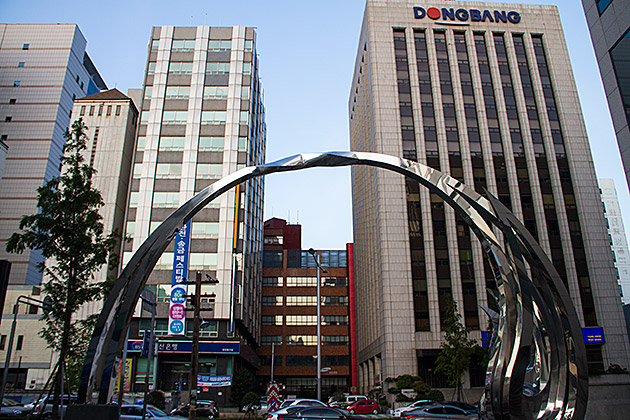
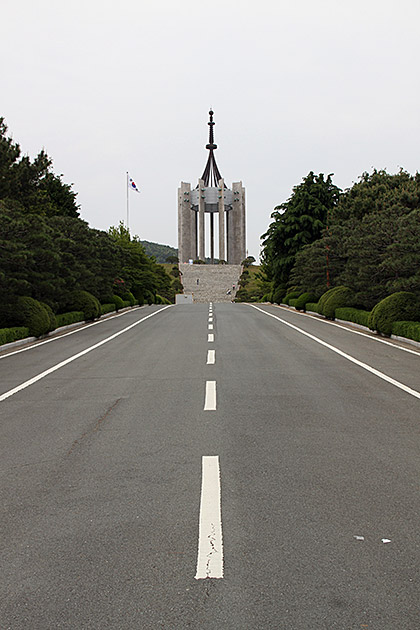
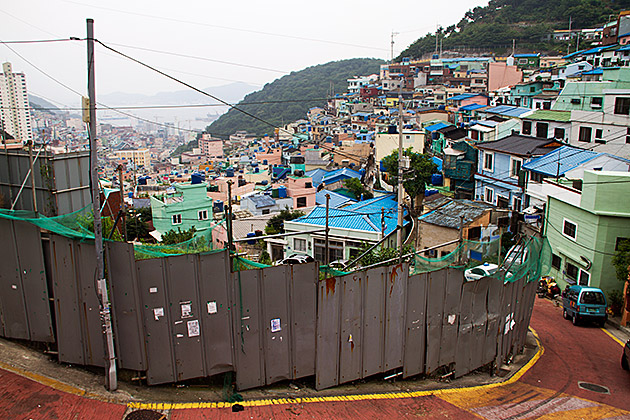
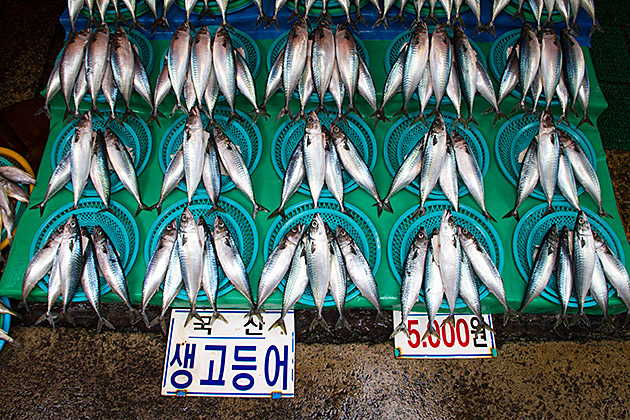

Thanks for the nice story-telling about the-40-steps. Without your story-telling, it would lose a historic meaning and luster to be appreciated. Since Korea had a German-naturalized Korean president of Korean Tourism Organization, Korea has been keen to develop the story-telling of Korean historic sites. The president of KTO, Yi Cham(Bernhard Quandt), sometimes tries to compare Korea to Germany. As for developing the story-telling, he took “Philosophenweg” (philosopher’s trail) in Heidelberg Germany for example. He said “Philosophenweg” could attract many tourists thanks to developing the story-telling of it. He said ” Likewise, we have Yi Toe-gae trail in Andong. We just have to develop the story-telling of this trail to attract tourists”. Yi Toe-gae(1501~1570) was a great Korean philosopher who wrote 66 volumes of 49 books. He took a walk along this 20 km trail for 50 years and wrote dozens of poems describing the beauty of rocks, canyons, ponds, cliffs along this trail. Yi Toe-gae was the great philosopher paralleled with Confucius and founded the old school “Dosan Seowon”, the birthplace of Korean intellectual culture. Dosan Seowon was presented to UNESCO for UNESCO Cultural Heritage. Yi Cham always says Korea is the country of philosophers and the only country which the philosophers have governed throughout the history and that the Korean philosophical thoughts and the philosophical considerations in the Korean life will give great influences to the world.
The story of the 40 steps is really touching. And Busan has just — some amazing steel sculptures!